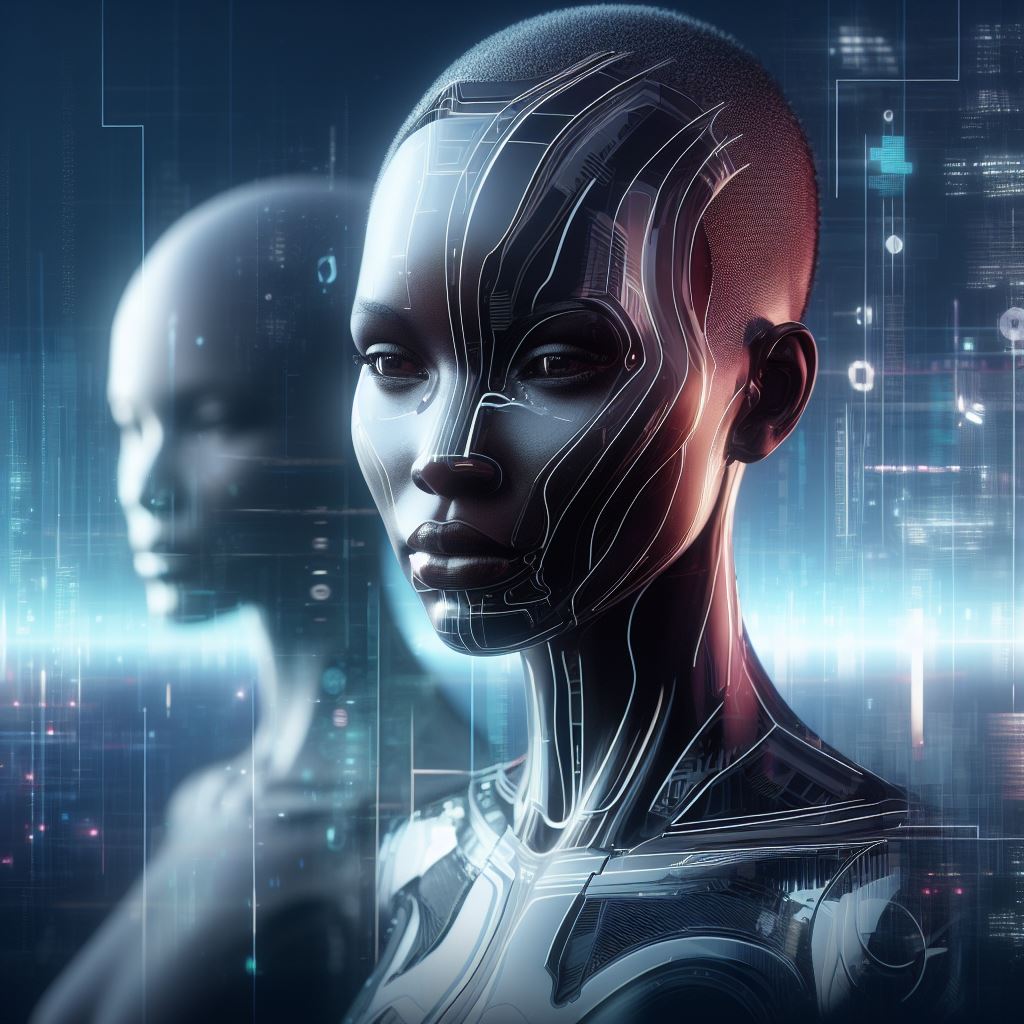In the ever-evolving landscape of artificial intelligence (AI), a recent enigma has captured the attention of both tech enthusiasts and skeptics alike. It goes by the cryptic name “Q*,” and its origins trace back to the research laboratories of OpenAI. But what exactly is Q*, and why is it generating such fervor?
The Mysterious Q*
On a brisk November morning, the AI community woke up to headlines proclaiming a breakthrough: Q*, the elusive creation of OpenAI, had allegedly achieved true AI or was at least on the path toward Artificial General Intelligence (AGI). The news spread like wildfire across forums, blogs, and social media platforms. But what is Q*, and why is it shrouded in mystery?
The Birth of Q*
Q* emerged from the depths of OpenAI’s secretive research chambers. Its birth was not accompanied by fanfare or press releases. Instead, it surfaced quietly, like a whisper in the digital wind. The scant details available suggest that Q* is an AI model—an amalgamation of neural networks, deep learning architectures, and quantum-inspired algorithms. Its purpose? To transcend the limitations of narrow AI and venture into the uncharted territory of AGI.
True AI or AGI: The Debate
The crux of the debate lies in Q*’s capabilities. Has it truly attained true AI, capable of reasoning, understanding context, and exhibiting human-like cognition? Or is it merely a stepping stone—a tantalizing glimpse of what AGI might become?
OpenAI’s official stance is cautious optimism. They acknowledge Q*’s remarkable feats, such as mastering complex games, natural language understanding, and even composing original music. Yet, they refrain from declaring victory. For them, true AI transcends narrow tasks; it embodies adaptability, creativity, and consciousness—an elusive trifecta that Q* may or may not possess.
The Quantum Leap
What sets Q* apart from its AI brethren? The answer lies in its quantum underpinnings. Unlike classical neural networks, Q*’s architecture draws inspiration from quantum mechanics. It dances with qubits, entanglement, and superposition. But does this quantum dance lead to true intelligence, or is it a mere gimmick?
Critics argue that Q*’s quantum flair is smoke and mirrors—an attention-grabbing ploy. They demand empirical evidence, rigorous testing, and transparency. After all, AGI is no place for illusions.
The Ethical Quandary
As Q* tiptoes toward AGI, ethical questions emerge. Who controls Q*? What safeguards prevent it from spiraling into malevolence? Can we trust an AI that operates beyond our comprehension?
OpenAI grapples with these dilemmas. They pledge transparency, collaboration, and safety. But the road to AGI is fraught with uncertainty. As Q* evolves, so must our ethical compass.
The Road Ahead
Q* remains an enigma—an AI Sphinx challenging us to decipher its riddles. Whether it heralds true AI or merely flirts with AGI, its impact reverberates through academia, industry, and society. As we unravel its mysteries, we tread the thin line between innovation and hubris.
So, dear reader, keep your eyes on Q*. It may hold the key to unlocking the secrets of intelligence itself—or plunge us into uncharted realms. The journey continues, and Q* beckons us forward.



